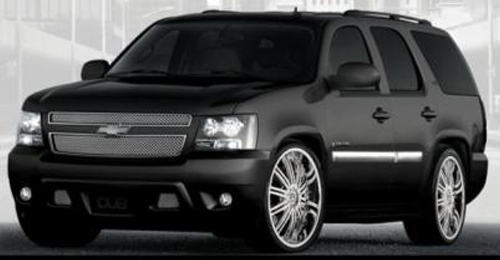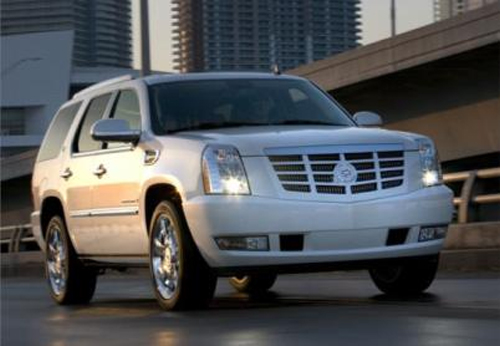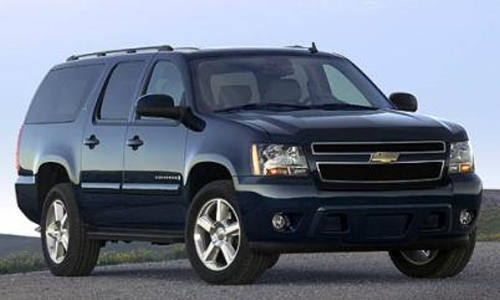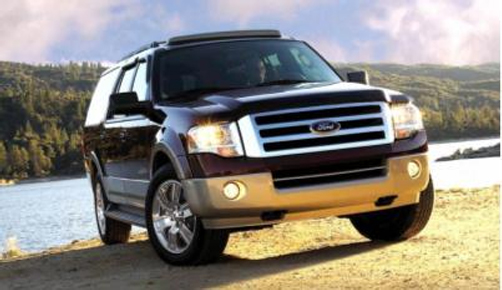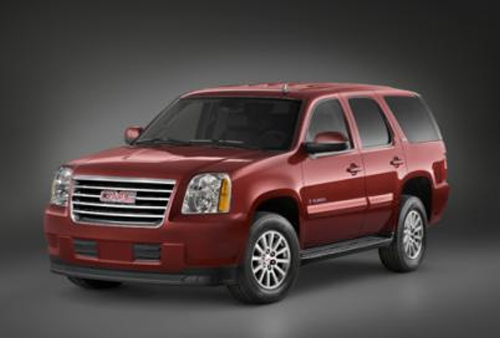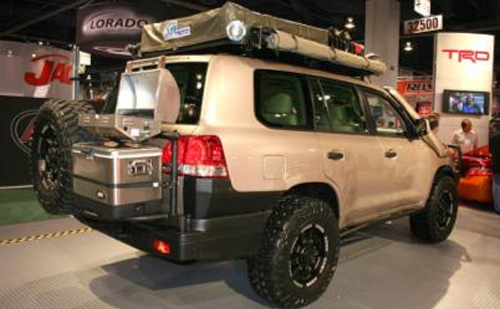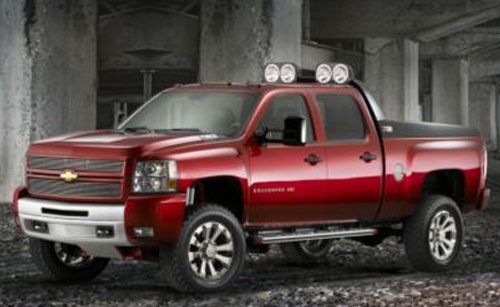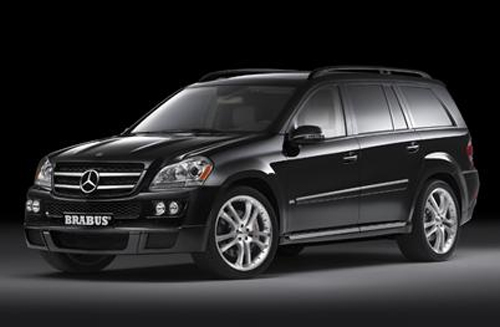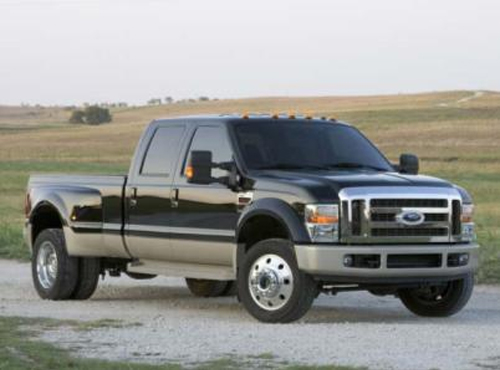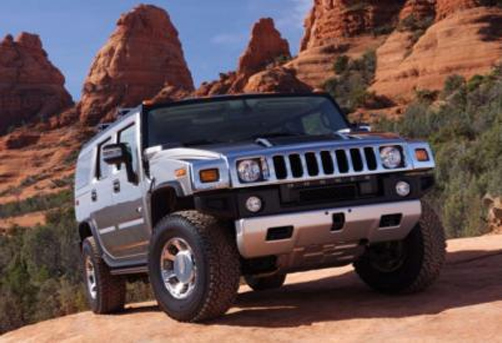Updated Nov 1, 2014 - Section 179 is alive and well for 2014. The current deduction limit is $25,000 plus an adjustment for inflation. This means businesses can deduct the full cost of qualifying equipment from their 2014 taxes, up to $25,000. The equipment must be purchased and put into use by midnight, 12/31/2014.
Section 179 Qualifying Property
Section 179 was designed with businesses in mind. That's why almost all types of "business equipment" qualify for the Section 179 deduction.
All businesses need equipment on an ongoing basis, be it machinery, computers, software, office furniture, vehicles, or other tangible goods. It's very likely that your business has purchased many of these goods during the past year, and will do so again and again. Section 179 is designed to make purchasing that equipment during this calendar year financially attractive.
Material goods that generally qualify for the Section 179 Deduction
Equipment (machines, etc) purchased for business use
Tangible personal property used in business
Business Vehicles with a gross vehicle weight in excess of 6,000 lbs (Section 179 Vehicle Deductions)
Computers
Computer "Off-the-Shelf" Software
Office Furniture
Office Equipment
Property attached to your building that is not a structural component of the building (i.e.: a printing press, large manufacturing tools and equipment)
Partial Business Use (equipment that is purchased for business use and personal use: generally, your deduction will be based on the percentage of time you use the equipment for business purposes).
What are the limits on Typical Passenger Vehicles?
For passenger vehicles, trucks, and vans (not meeting the guidelines below), that are used more than 50% in a qualified business use, the total deduction for depreciation including both the Section 179 expense deduction as well as Bonus Depreciation is limited to $11,060 for cars and $11,160 for trucks and vans.
Exceptions include the following vehicles:
Ambulance or hearse used specifically in your business;
Taxis, transport vans, and other vehicles used to specifically transport people or property for hire;
Qualified non-personal use vehicles specifically modified for business (i.e. van without seating behind driver, permanent shelving installed, and exterior painted with company’s name).
Limits for SUVs or Crossover Vehicles with GVWR above 6,000lbs
Certain vehicles (with a gross vehicle weight rating above 6,000 lbs but no more than 14,000 lbs) qualify for expensing up to $25,000 if the vehicle is financed and placed in service prior to December 31 and meet other conditions.
What Vehicles Qualify for the full Section 179 Deduction?
Many vehicles that by their nature are not likely to be used for personal purposes qualify for full Section 179 deduction including the following vehicles:
Heavy “non-SUV” vehicles with a cargo area at least six feet in interior length (this area must not be easily accessible from the passenger area.) To give an example, many pickups with full-sized cargo beds will qualify (although some "extended cab" pickups may have beds that are too small to qualify).
Vehicles that can seat nine-plus passengers behind the driver's seat (i.e.: Hotel / Airport shuttle vans, etc.).
Vehicles with: (1) a fully-enclosed driver's compartment / cargo area, (2) no seating at all behind the driver's seat, and (3) no body section protruding more than 30 inches ahead of the leading edge of the windshield. In other words, a classic cargo van.
Other Considerations
Vehicles can be new or used (“new to you” is the key).
The vehicle can be financed with certain leases and loans, or bought outright.
The vehicle in question must also be used for business at least 50% of the time - and these depreciation limits are reduced by the corresponding % of personal use if the vehicle is used for business less than 100% of the time.
Remember, you can only claim Section 179 in the tax year that the vehicle is "placed in service" - meaning when the vehicle is ready and available - even if you're not using the vehicle. Further, a vehicle first used for personal purposes doesn't qualify in a later year if its purpose changes to business.

